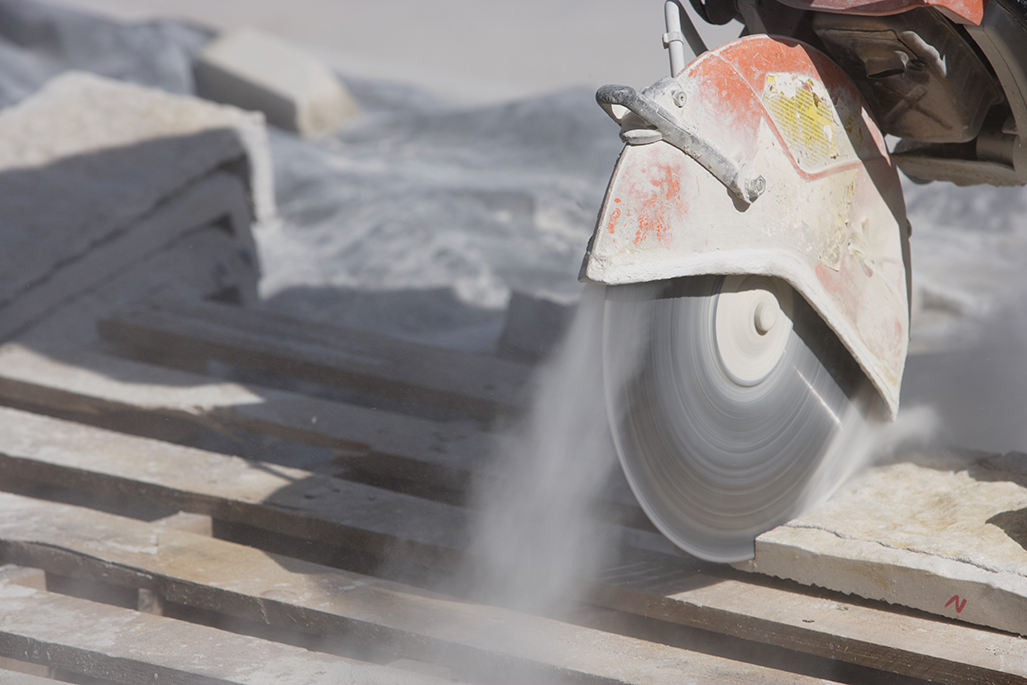
The Occupational Safety and Health Administration’s new standard for construction went into effect on September 23rd of this year, outlining stricter limitations on the amount of silica dust, or respirable crystalline silica, that can be inhaled by workers on construction sites. One hundred times smaller than sand granules, silica dust particles are produced by cutting, grinding or blasting materials including concrete, stone and brick. Exposure to silica dust over an extended period can lead to silicosis, lung cancer, kidney disease and obstructive pulmonary disease.OSHA’s previous standard required that silica dust particles be limited to 250 micrograms per cubic meter of air over an average of eight hours. The new standard reduces that to 50 micrograms over the same time period. Of the two million workers exposed to respirable crystalline silica annually, OSHA estimates that more than 840,000 construction workers are exposed to levels that exceed the new permissible exposure limit.In addition to the exposure limits, the new rules require contractors to:
- Develop a written silica exposure control plan.
- Designate someone to implement the plan.
- Adjust housekeeping practices to control silica dust exposure.
- Provide medical exams every three years to employees who are exposed to silica to the point of having to wear a respirator for 30 days or more each year.
- Train workers on how to limit exposure to silica.
- Keep records of workers’ silica exposure and related medical treatment.
The new rules require an initial assessment of how much silica dust a company’s operations generate. And, if the reading falls below 25 micrograms over the eight-hour period, then the company is not required to provide medical tests, develop a written plan or undertake any of the suggested engineering controls.
CORE Safety can help your team develop a safe and effective silica exposure plan and serve as a liaison to OSHA inspectors to prevent these fines. Click here for more information on our services.
Click here to download OSHA’s Fact Sheet on the new silica standard.
Source from Construction Dive
